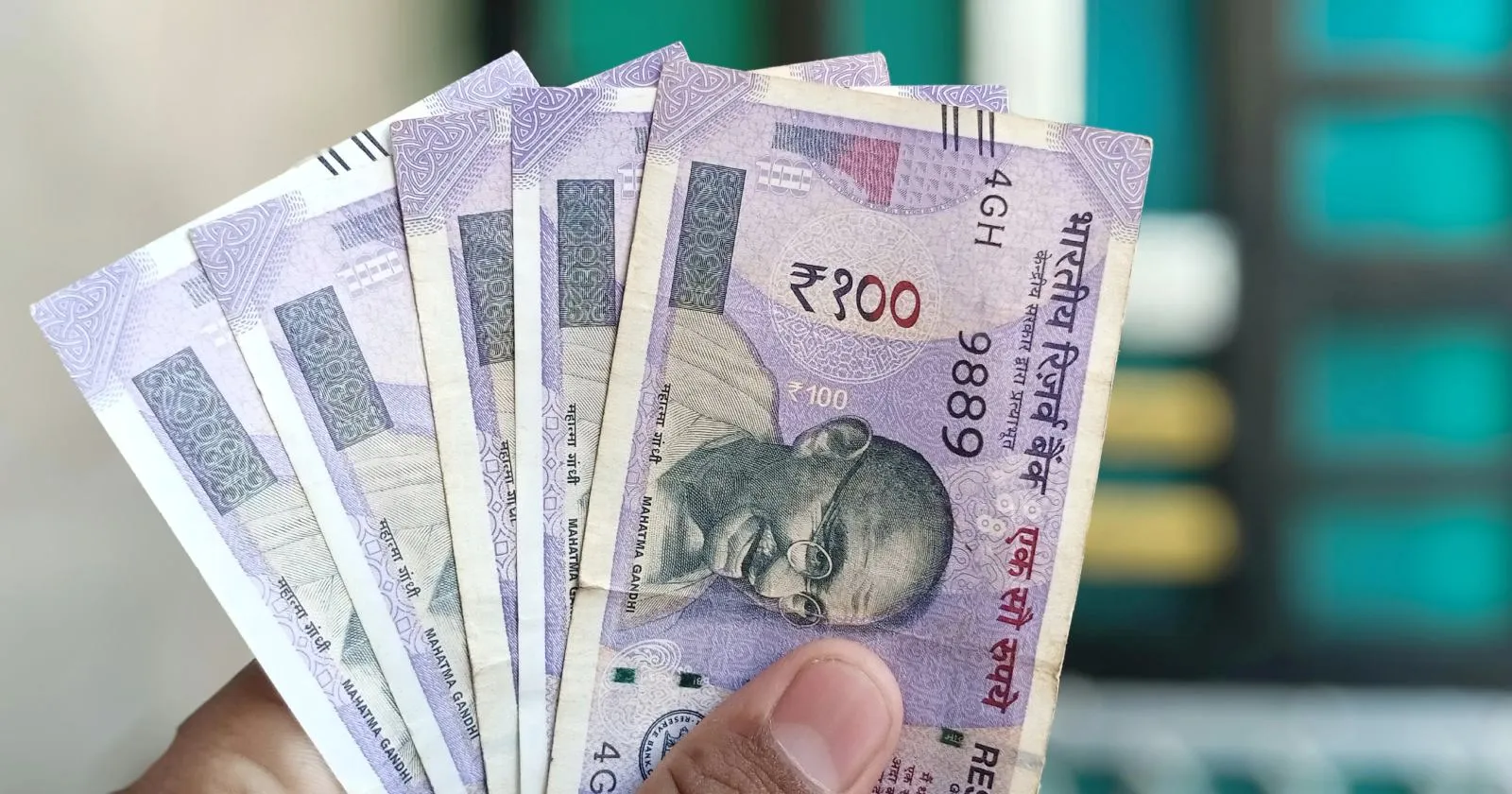
Affordable compact SUVs are expected to benefit the most, and sales will likely get a significant boost. (Image credit: Pexels)

Share Post

Affordable compact SUVs are expected to benefit the most, and sales will likely get a significant boost. (Image credit: Pexels)
The Indian government’s proposal to reduce GST on bikes and cars from 28 percent to 18 percent has triggered widespread debate in the automotive ecosystem. The move is designed to boost affordability, strengthen mass-market demand, and revive entry-level segments, but its long-term impact will depend on how OEMs, dealers, and consumers respond.
The Indian bike market, long dominated by commuter models in the 100–150 cc range, has been steadily losing share as buyers shift toward premium, feature-rich options. The commuter segment — the volume driver for OEMs such as Honda, Hero, TVS, and Bajaj — caters largely to price-sensitive rural and semi-urban markets.
The proposed GST cut from 28 percent to 18 percent could help this category regain traction by improving affordability and reviving demand among mass-market buyers.
However, the move is double-edged. The premium motorcycle segment (200–350 cc) — home to popular players including Bajaj, TVS, Royal Enfield, and Honda — will also see prices drop, making aspirational upgrades more attractive.
While the tax cut supports the overall industry, whether commuter bikes truly recover will depend on consumer psychology, OEM product positioning, and continued innovation.
For dealers, the revised GST rates could make this coming festive season one of the strongest in years. The benefits include:
In short, the GST cut creates a win-win scenario for dealerships, boosting both sales momentum and financial health.
In effect, the GST cut for ICE vehicles could dull EV demand growth temporarily, unless the ecosystem strengthens its value proposition beyond just lower upfront cost.
Winners: Mass-Market OEMs
The direct beneficiaries of the GST reduction from 28 percent to 18 percent are mass-market OEMs such as Maruti, Hyundai, Tata, Honda, Toyota, and Mahindra. These brands, which dominate the entry-level and mid-size passenger vehicle space, will experience higher demand as the lowered tax directly reduces the acquisition cost for customers.
Compact SUVs to Gain Further Momentum
Compact SUVs are expected to witness the biggest sales boost. Popular models such as the Tata Nexon (petrol), Hyundai Venue, Kia Sonet, and Mahindra XUV 3XO, which are under 4 metres in length and use sub-1200 cc petrol engines, qualify for the revised GST bracket. This tax benefit will strengthen consumer preference for compact SUVs and further accelerate the SUV-isation trend already shaping the Indian car market.
Losers: Diesel Vehicles
On the other hand, diesel-powered vehicles emerge as the major losers. The revised GST structure does not include any concessions for diesel variants. This will not only widen the cost gap between petrol and diesel models but also further weaken diesel adoption, which has already been on a steady decline in the Indian passenger vehicle market.
Premium models will not qualify for this GST reduction, as none of them have petrol engines below 1200 cc. Their petrol engines typically start at 1500 cc and go up to 4400 cc, depending on the model. In addition, these vehicles generally exceed 4 meters in length, which further excludes them from the benefit.
The GST cut may look like a lifeline for OEMs today, but unless manufacturers step up with fresh designs, timely updates, advanced features, and uncompromised safety, the commuter bike and compact car segments are on the fast track to irrelevance.
Indian consumers are no longer satisfied with "cheap and basic". They demand innovation, technology, and aspiration — and if OEMs fail to deliver, the GST benefit will evaporate as quickly as it arrived. Without serious investments in R&D, electrification, and connected mobility, the beneficiaries of this tax cut may soon find themselves losing ground to disruptors who understand the future better.
The hard truth: GST reductions won’t save laggards — only innovation will.
E. Ramnath is a Team Lead – Automotive Advisory Services at MarketsandMarkets. He specialises in connected cars, telematics, software-defined vehicles (SDVs), and electric vehicles. He has had stints at leading OEMs Jaguar Land Rover and Great Wall Motors.
San Francisco Power Outage Exposes Waymo Robotaxi Gaps
Acko Drive Team 28 Dec, 2025, 8:51 AM IST
India Luxury Car Sales Growth Slows to 1.6% in 2025 Despite Overall Passenger Vehicle Boom
Acko Drive Team 28 Dec, 2025, 8:39 AM IST
Honda Acquires Ohio EV Battery Plant from LG Energy Solution for $2.9 Billion
Acko Drive Team 28 Dec, 2025, 7:03 AM IST
ICRA Raises India Tractor Industry Growth Forecast to 15-17% for FY2026
Acko Drive Team 28 Dec, 2025, 6:24 AM IST
Renault to Hike Prices Across Range in India From January as Automakers Feeling Rupee Pressure
Acko Drive Team 27 Dec, 2025, 6:43 PM IST
Looking for a new car?
We promise the best car deals and earliest delivery!
